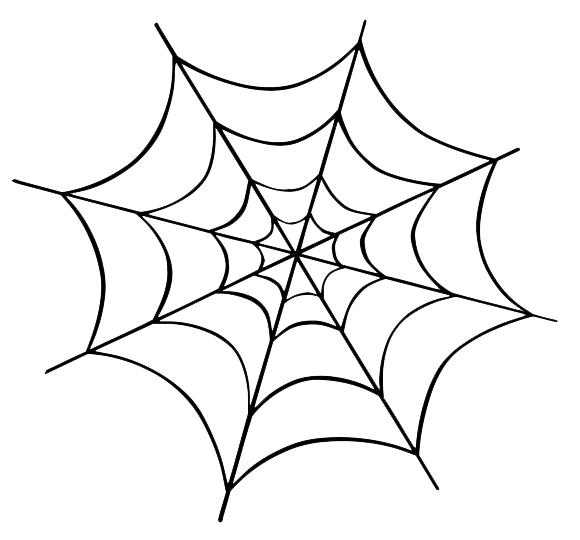This gallery shows 28+ high-quality and best-resolution Spider Web PNG images, vectors, stickers, logos, Icons, and clipart pictures with transparent backgrounds.
Related Topics: Spider-man PNG | Butterfly PNG | Bee PNG
Free download of all the Spider Web PNG Images for graphic design, projects, presentations, web design, editing, and other works.
Spider Web PNG images for free download
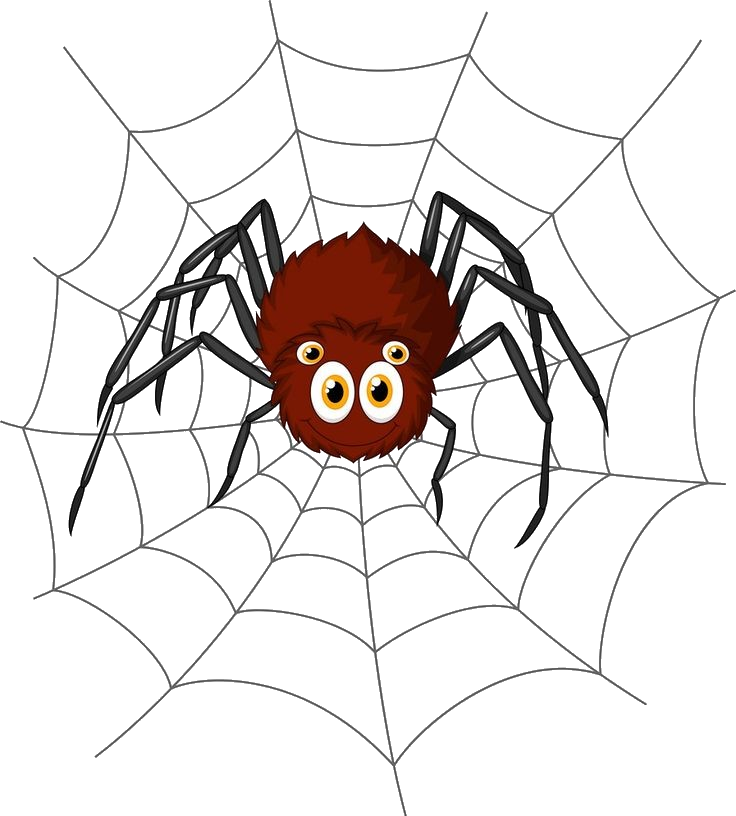
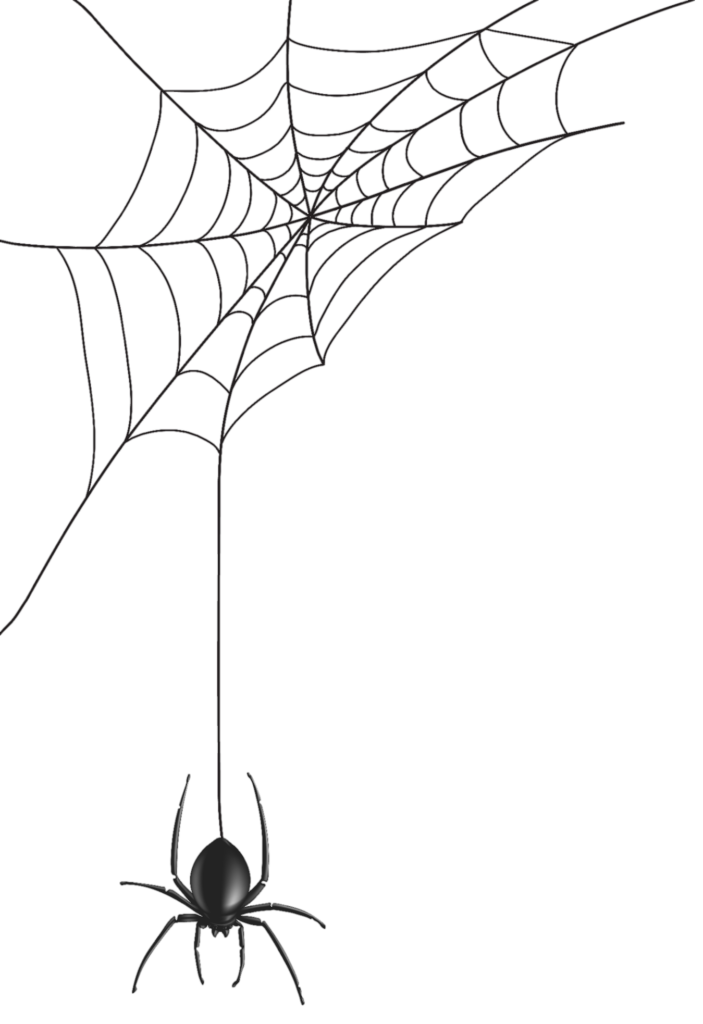
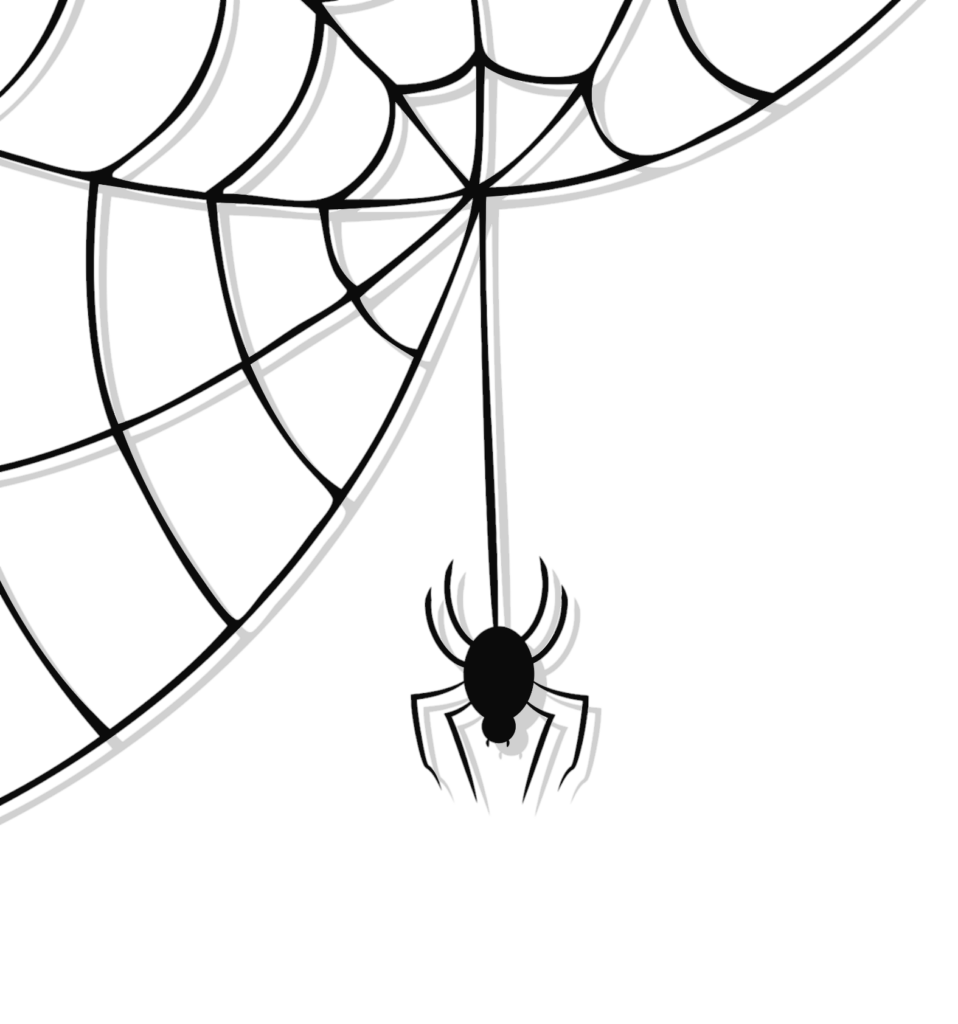
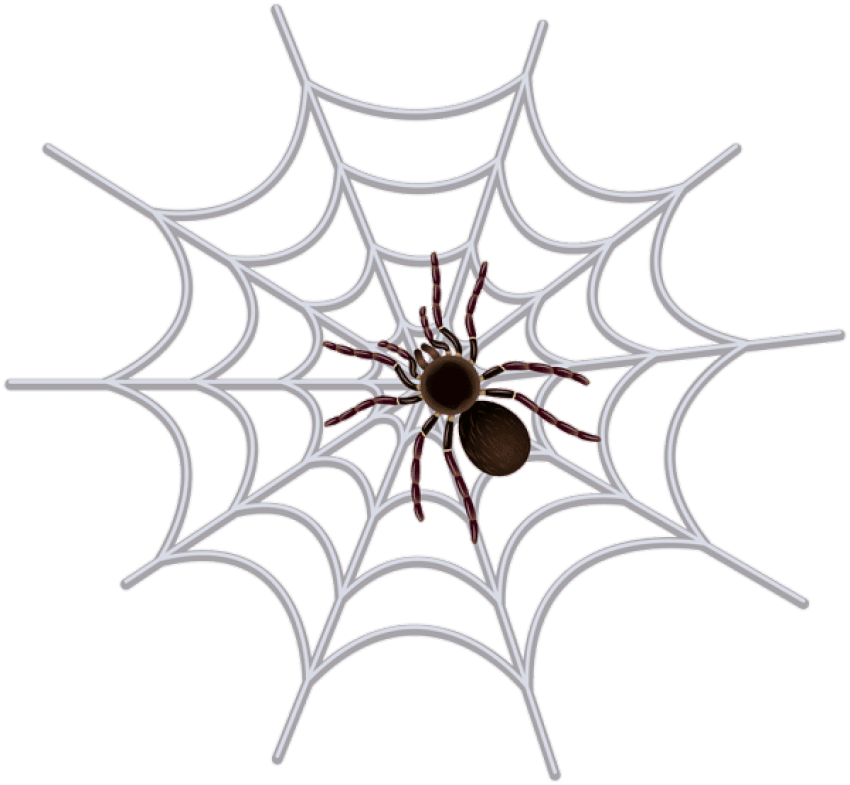

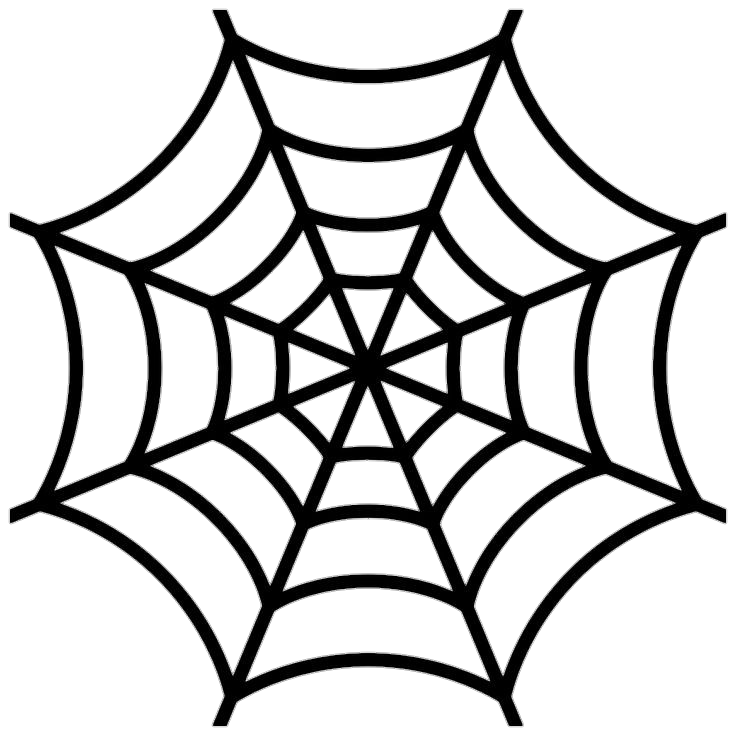
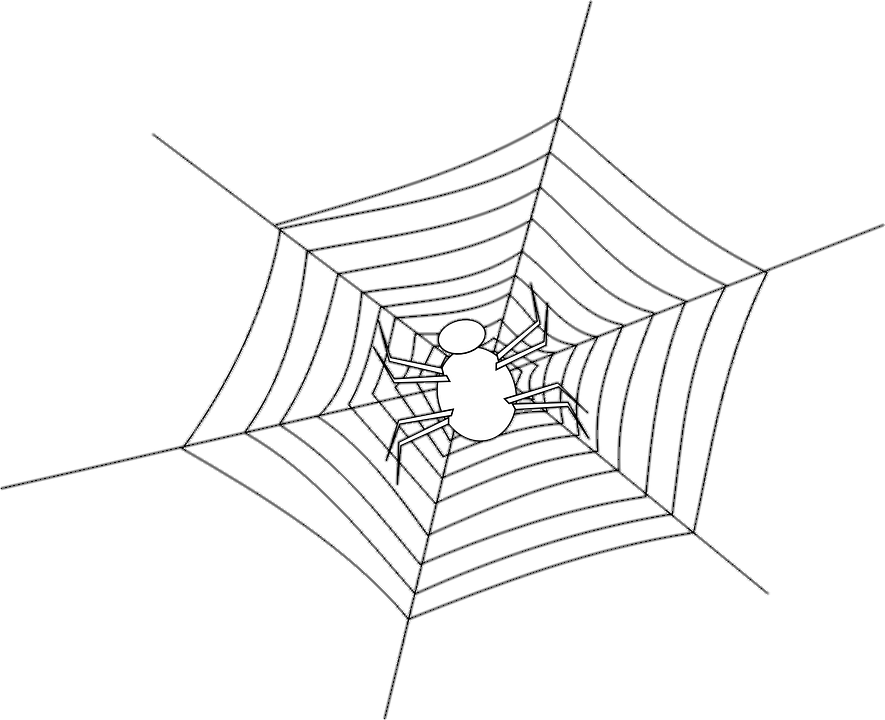
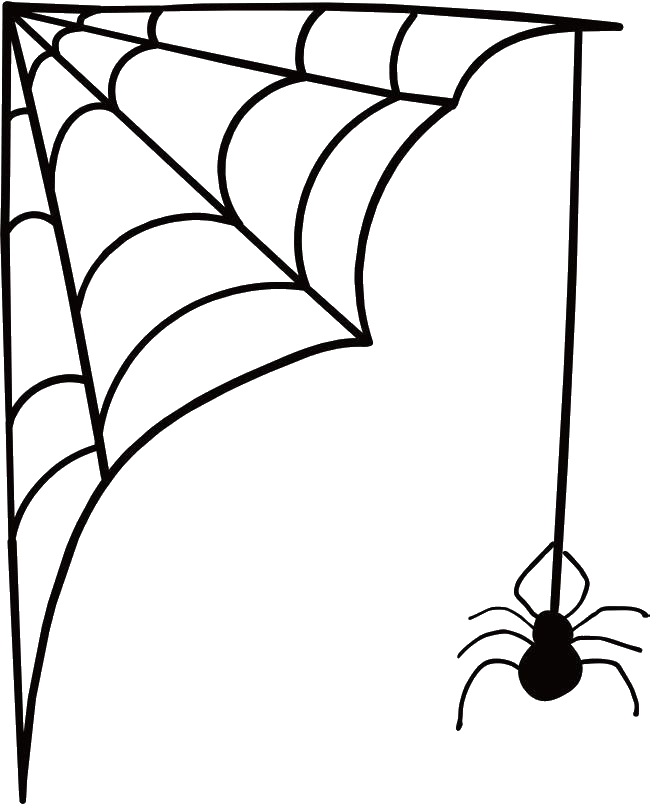
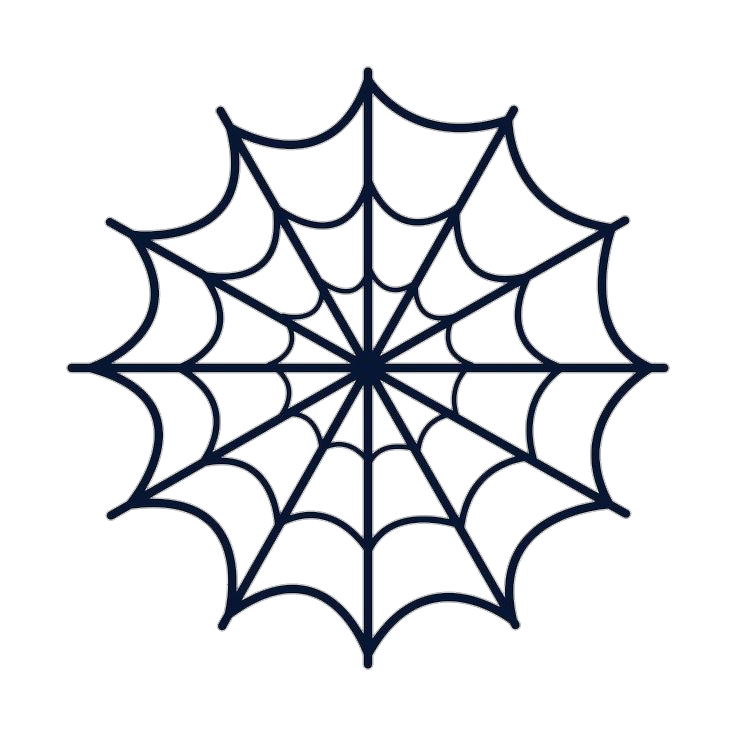
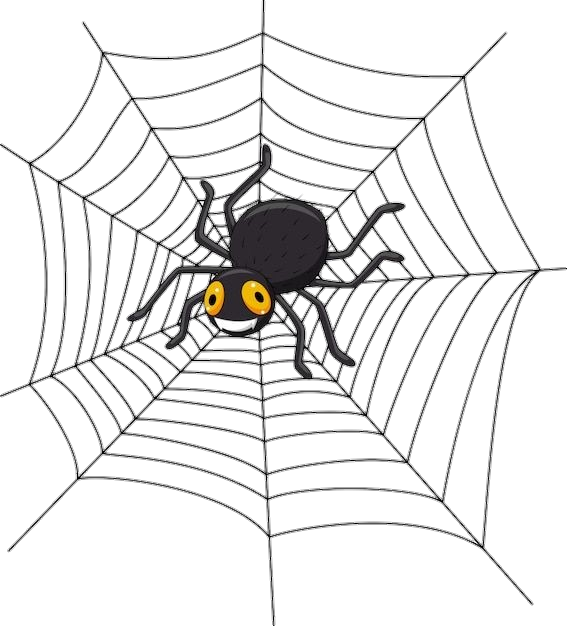
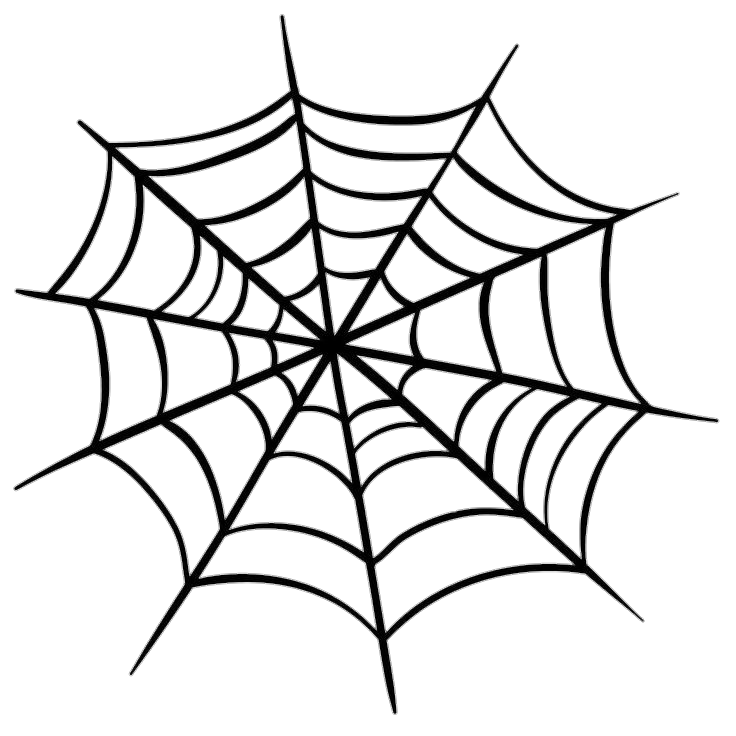

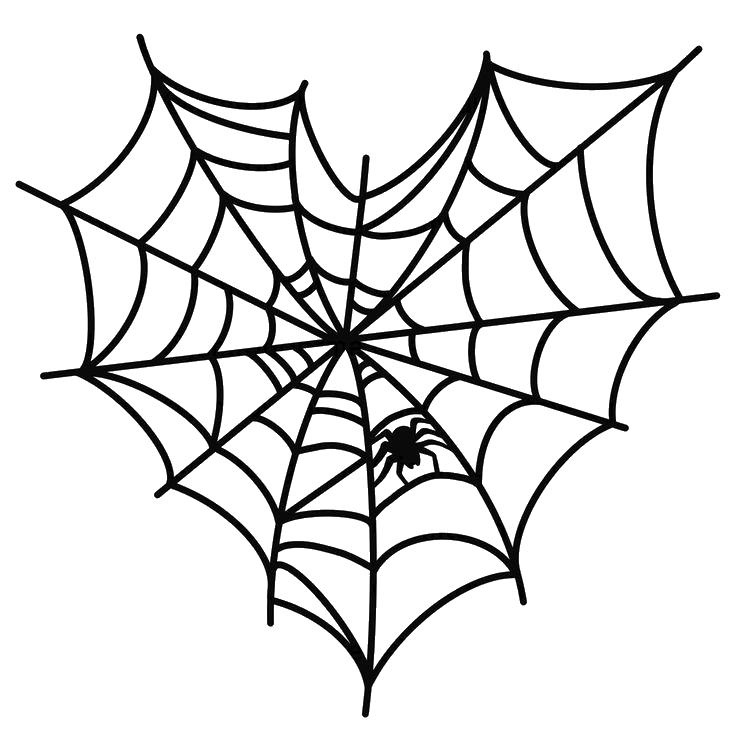
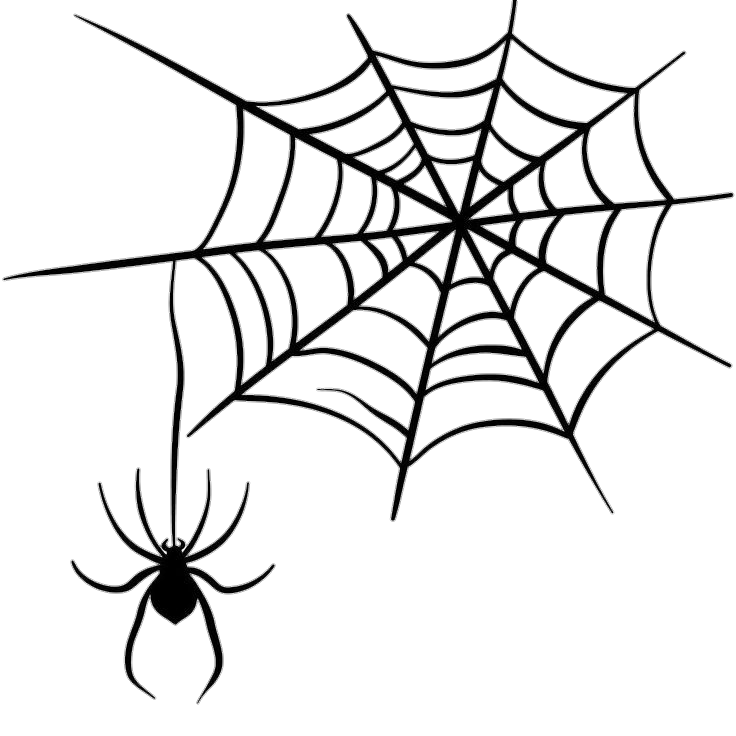
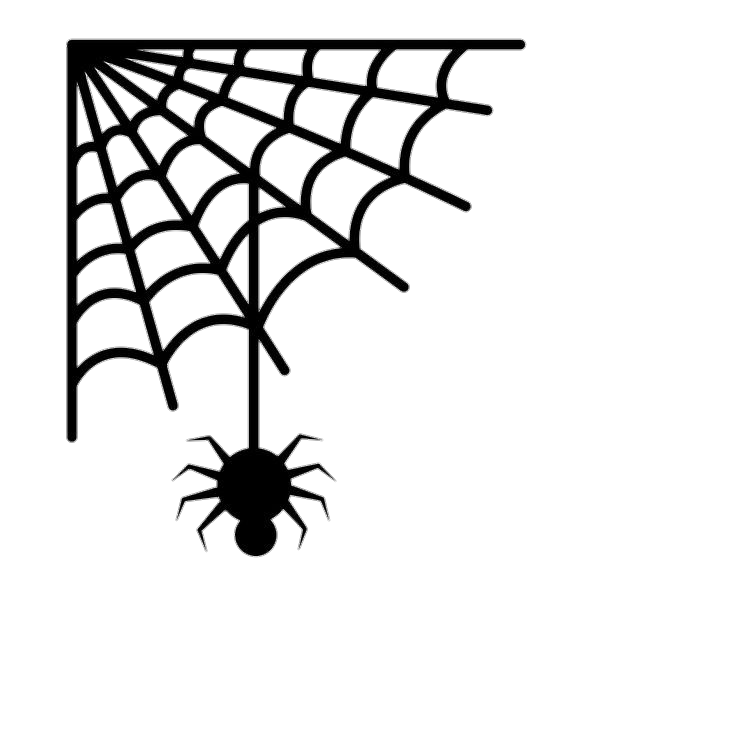
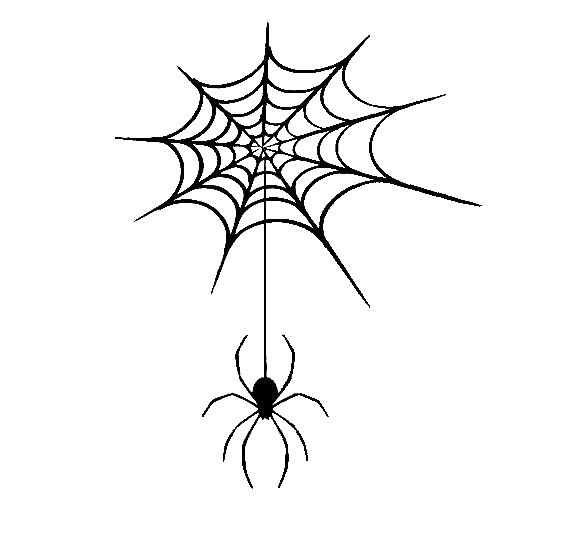
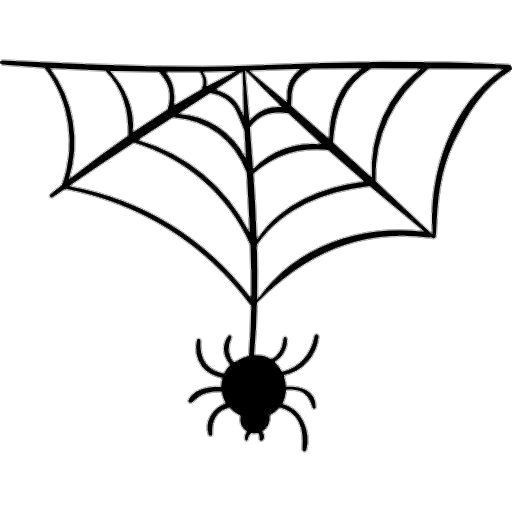
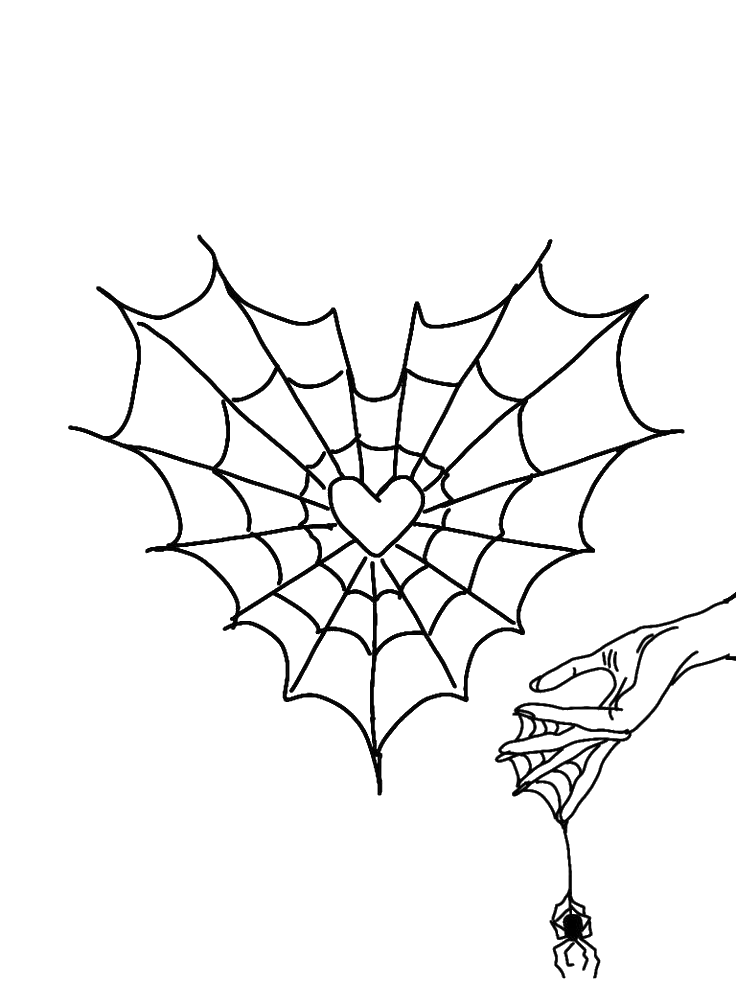
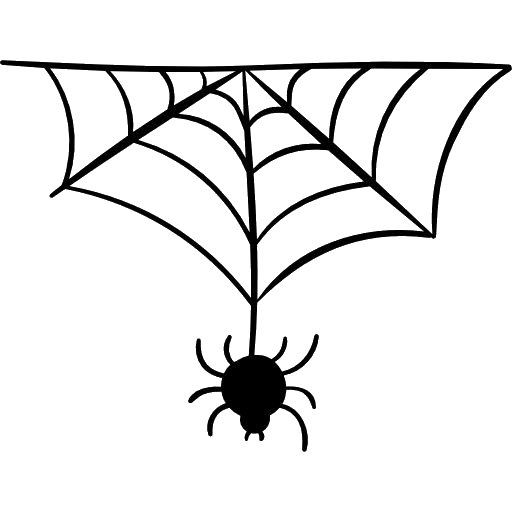
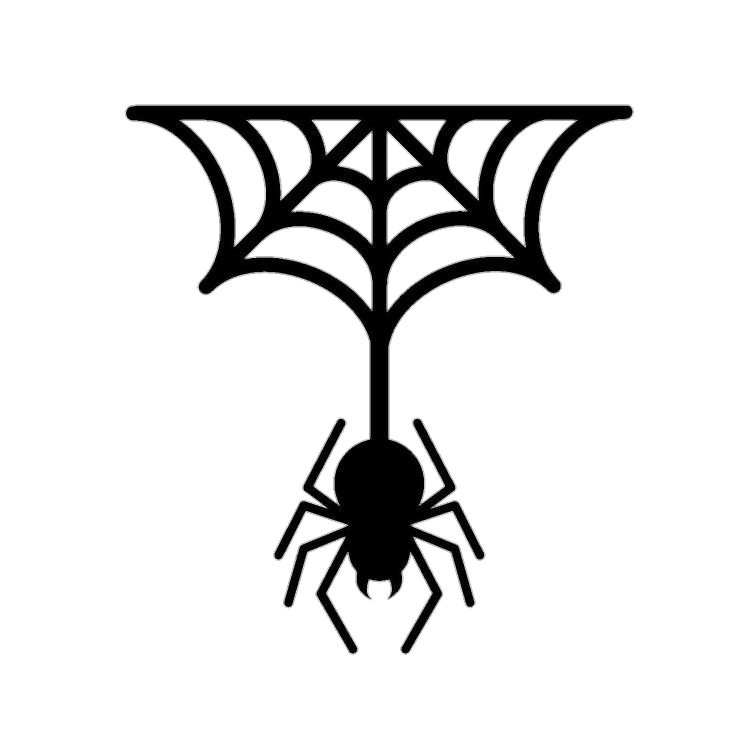
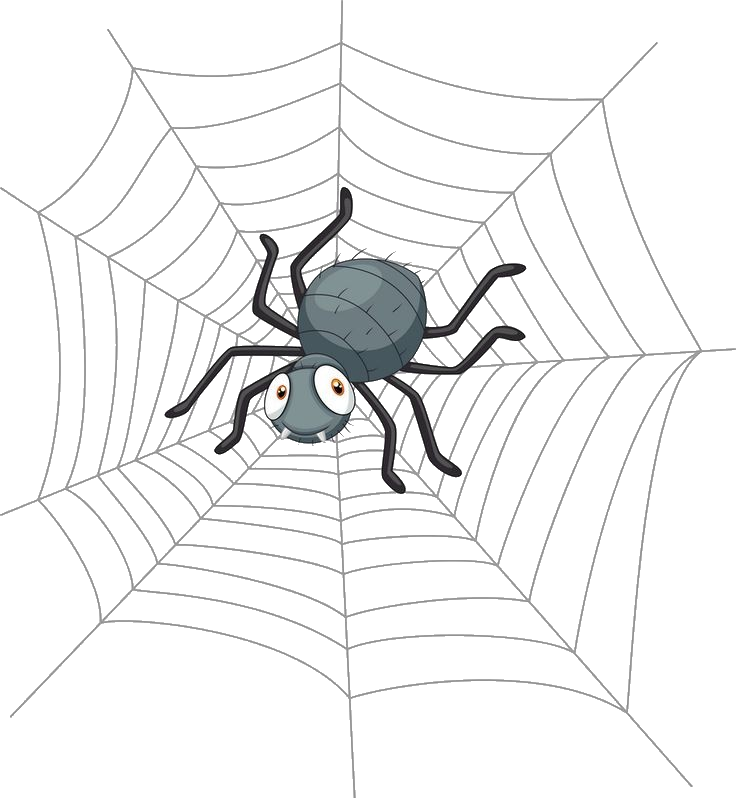
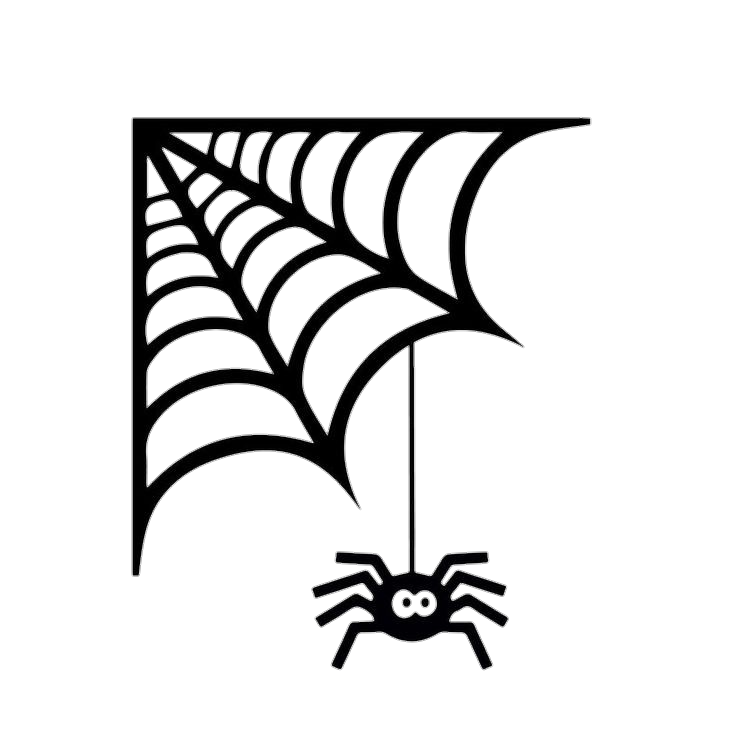
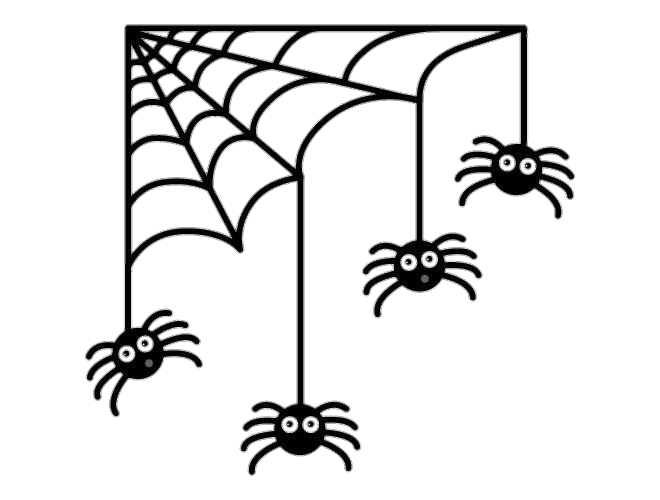
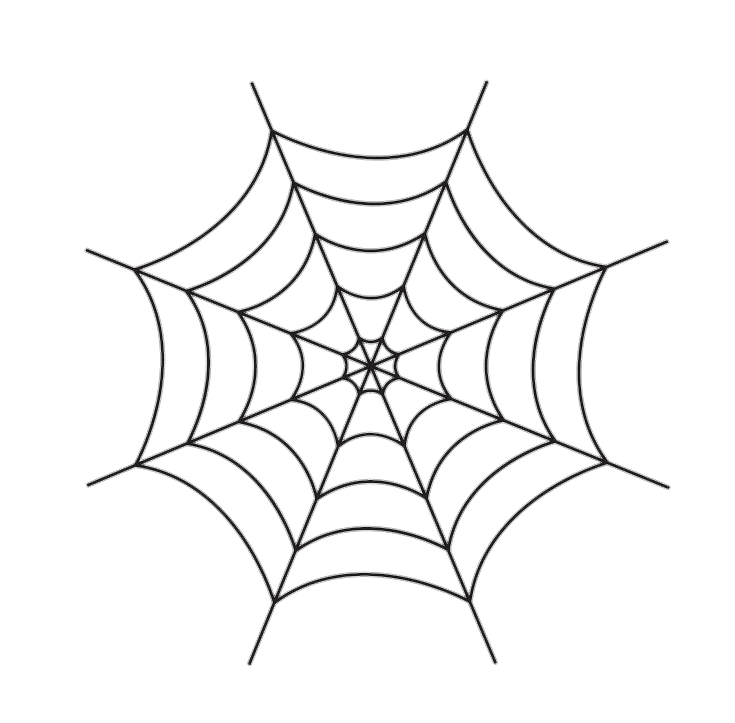
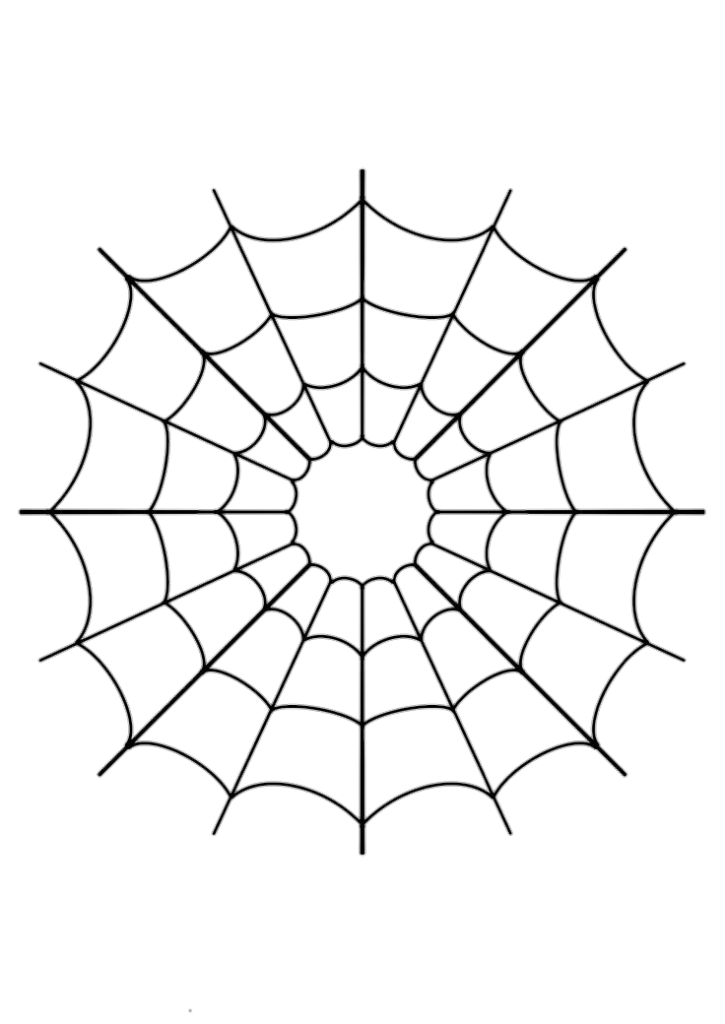
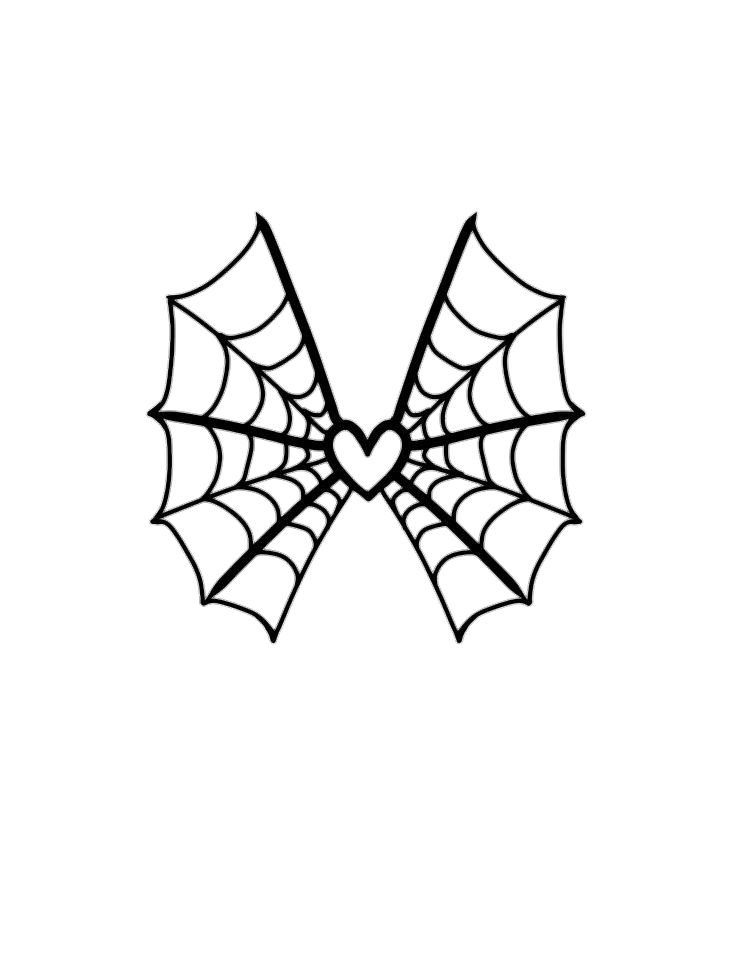
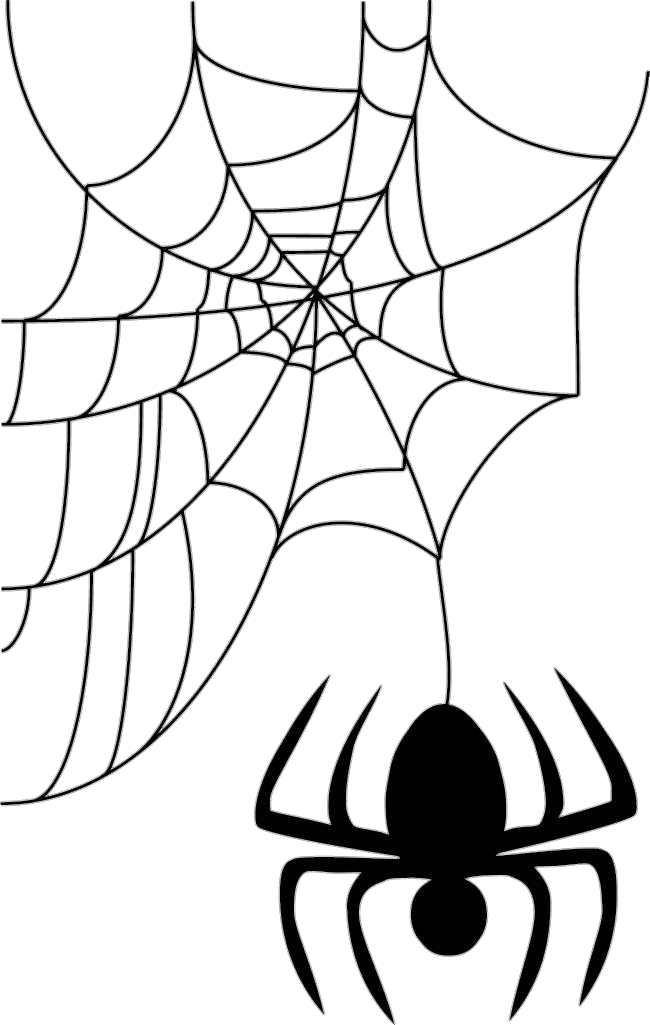
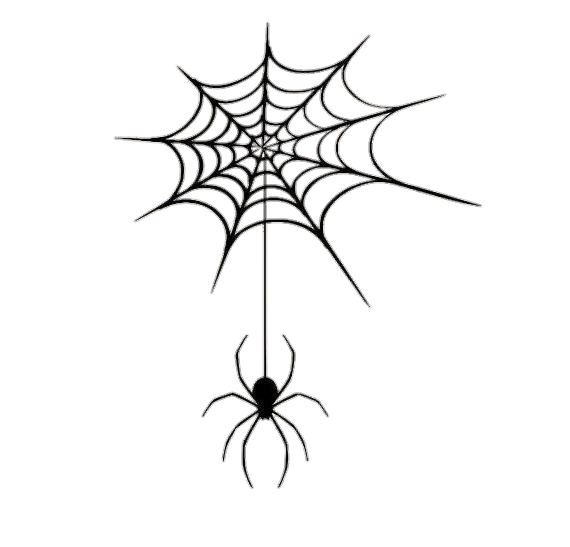
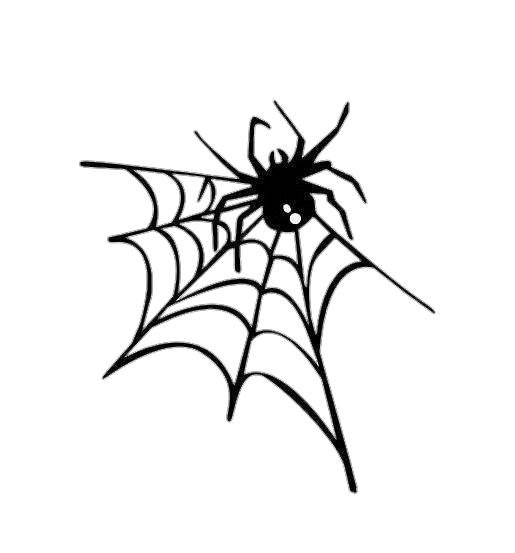
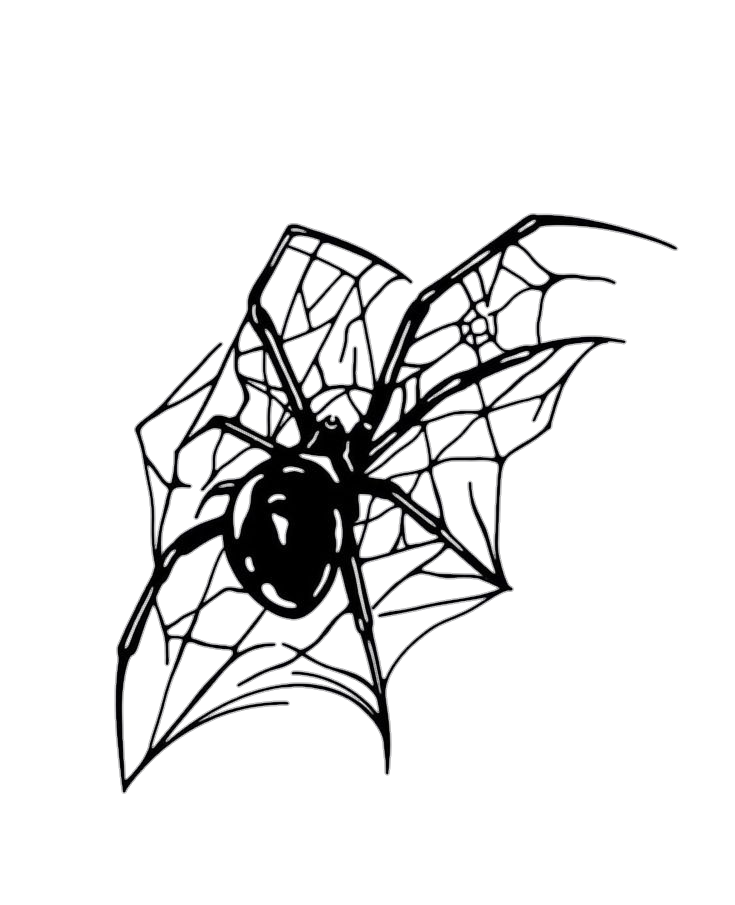
A spider web, often referred to as a spider’s silk structure, is a remarkable example of natural engineering and serves various purposes for the spider, primarily for capturing prey. Constructed from silk proteins produced in specialized glands, spider webs come in different forms and complexities, each suited to the spider’s habitat and hunting strategy. Silk is an extraordinary material known for its strength and elasticity, often compared to high-performance man-made fibers like Kevlar. This silk is extruded through spinnerets located at the spider’s abdomen, allowing the spider to produce different types of silk for other parts of the web.
Orb webs are perhaps the most recognizable type of spider web, characterized by their circular, spiral structure. These webs are meticulously designed with radial lines connected by a spiraling capture thread, which is sticky and designed to trap flying insects. The spider often sits at the center or in a retreat area off the side, waiting for vibrations signaling prey entangled in the web. Once detected, the spider can quickly approach, immobilize, and consume the prey. Other web designs include funnel webs, which lead prey into a tunnel-like structure where the spider waits, and cobwebs, which are irregular and tangled, commonly associated with house spiders.
The construction of a web is an intricate process involving precise movements and using different types of silk. Spiders exhibit a high degree of behavioral adaptation in their web-building techniques. They often begin by releasing a line of silk into the wind, which anchors once it catches onto a surface. The spider constructs a frame and radial threads from this initial line, followed by the spiral capture threads. This process demonstrates the spider’s ability to measure distances, create tension, and build a structure that maximizes the chances of catching prey while minimizing the use of energy and resources.
Beyond their primary function of trapping food, spider webs also serve other roles. They provide shelter and protection for the spider, serve as a site for egg sacs, and, in some cases, facilitate communication through vibrational signals transmitted through the silk. Additionally, spider webs have fascinated humans for centuries, inspiring scientific research into their properties and potential applications in materials science and medicine. The study of spider silk has led to developments in biomimicry, where the principles of web construction are applied to create new, innovative materials.
